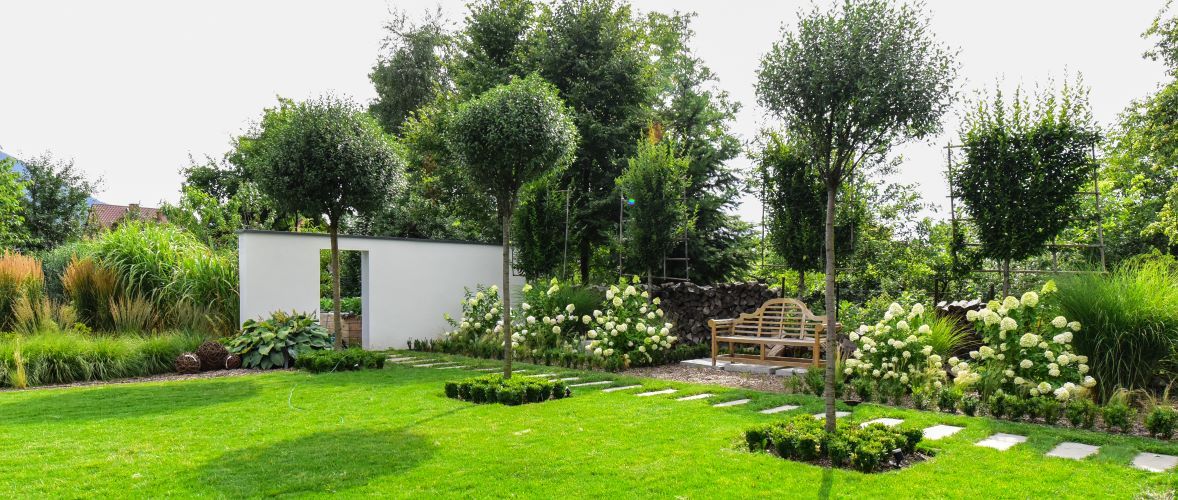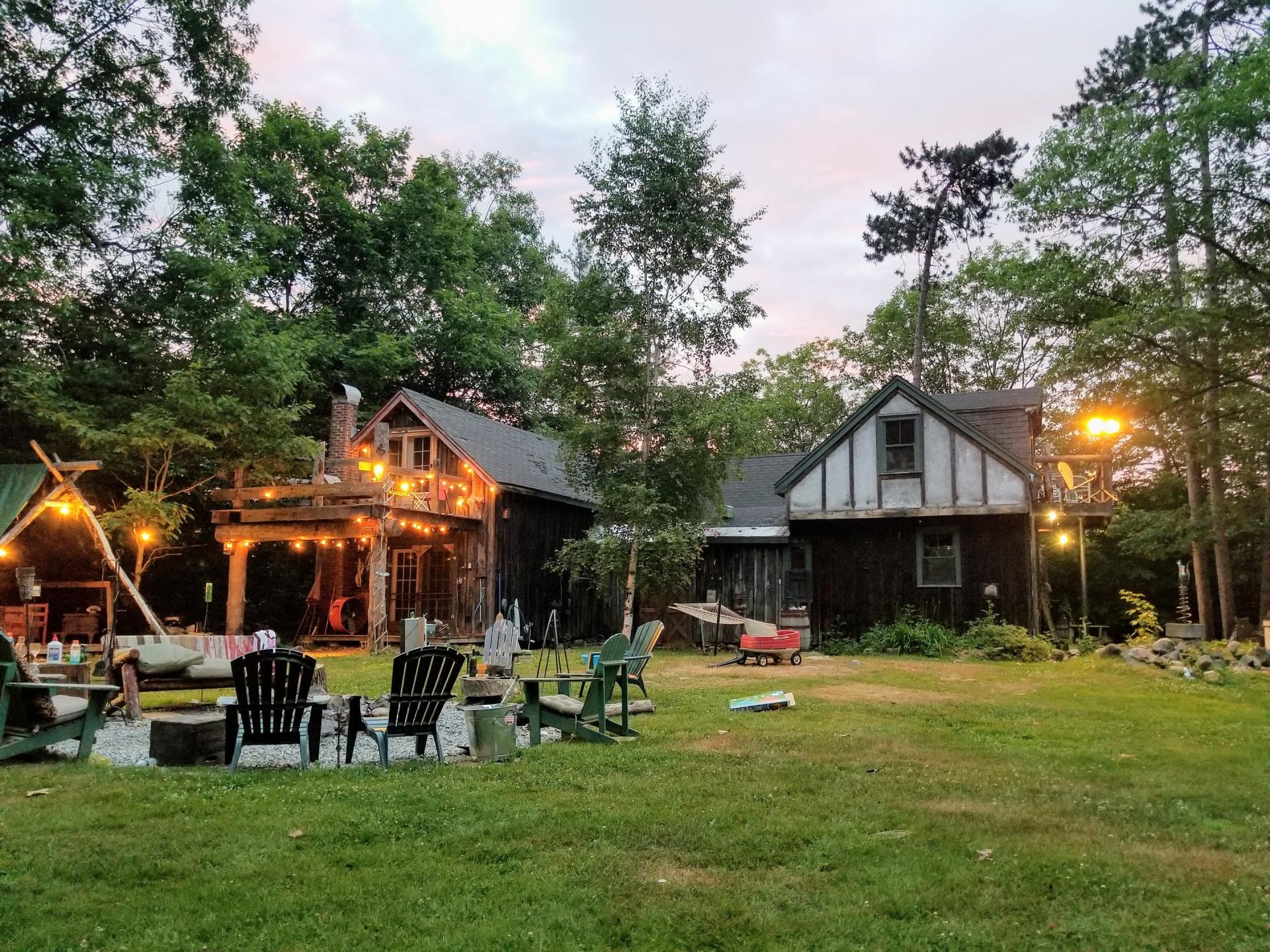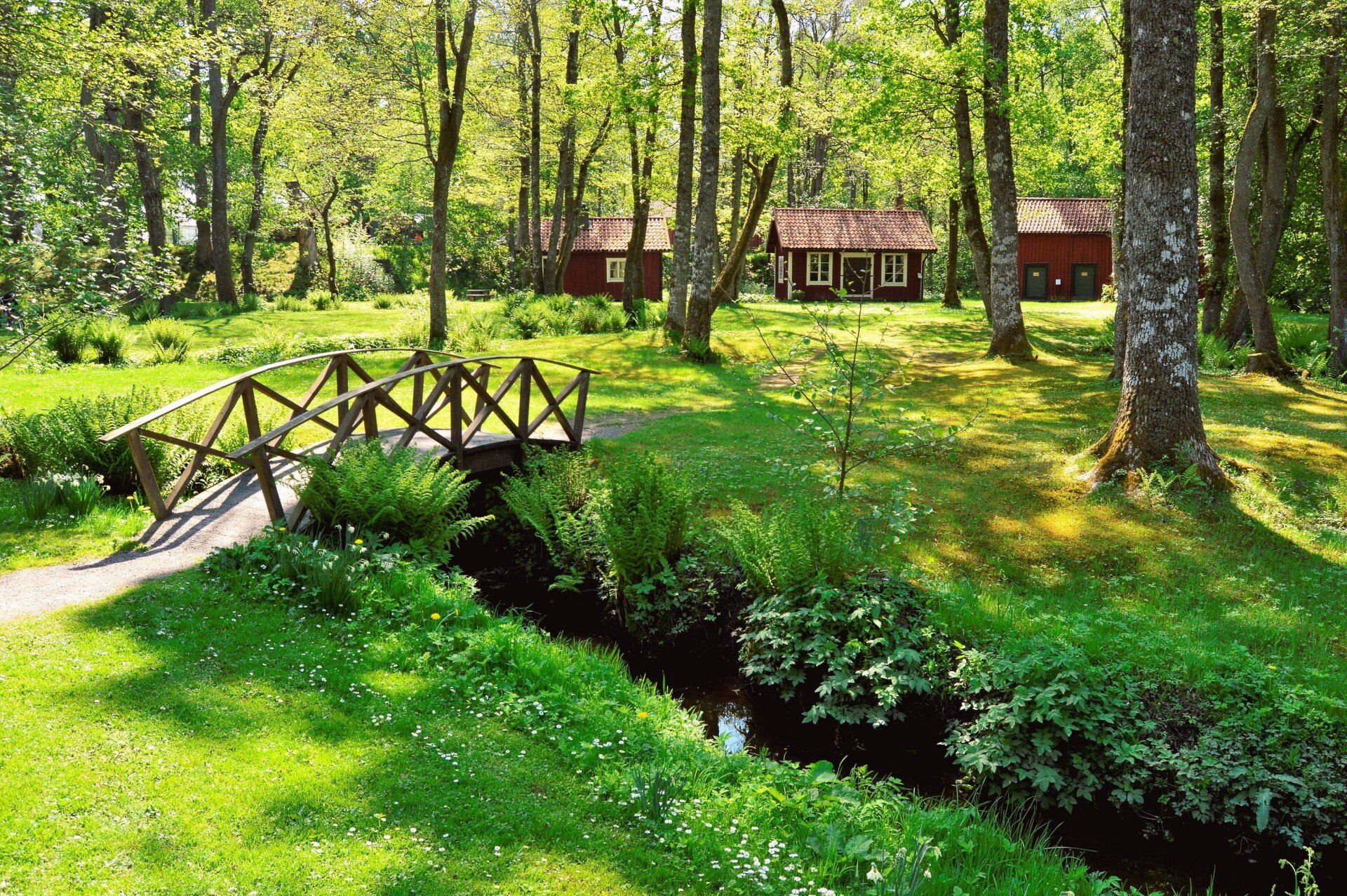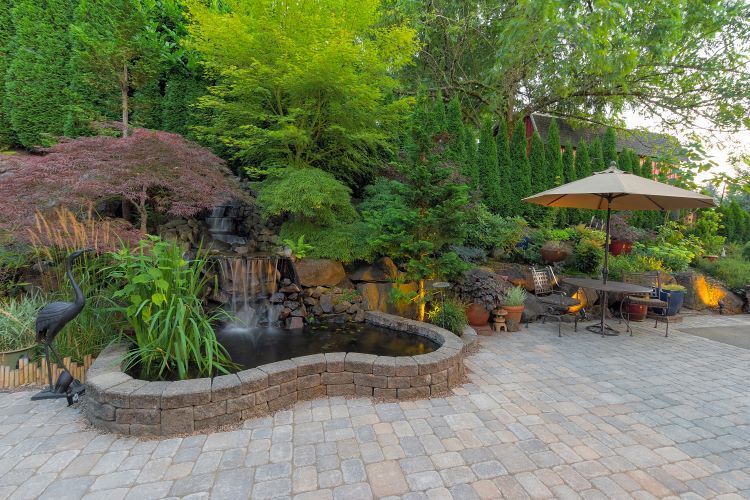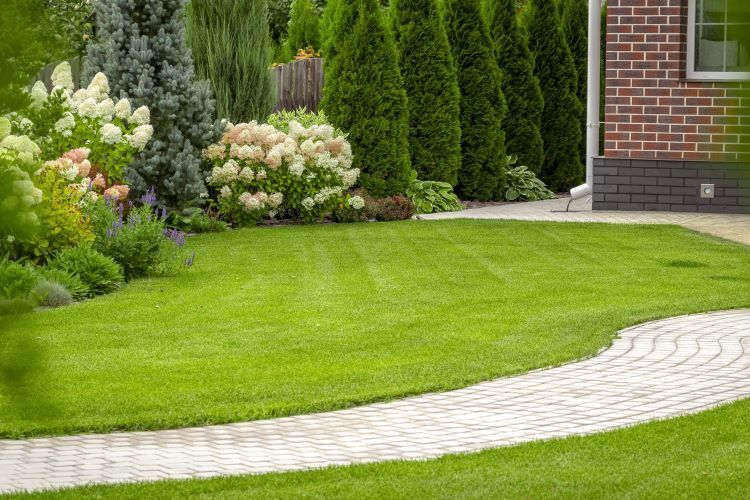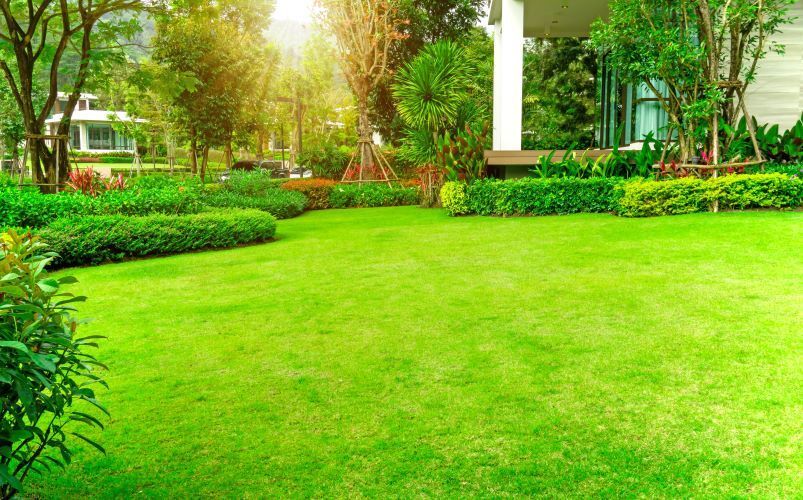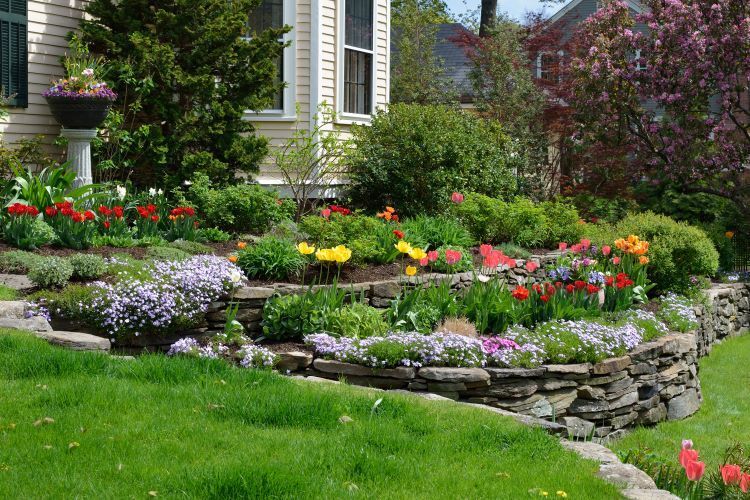Creating Privacy with Landscaping: Trees, Hedges, and Fences
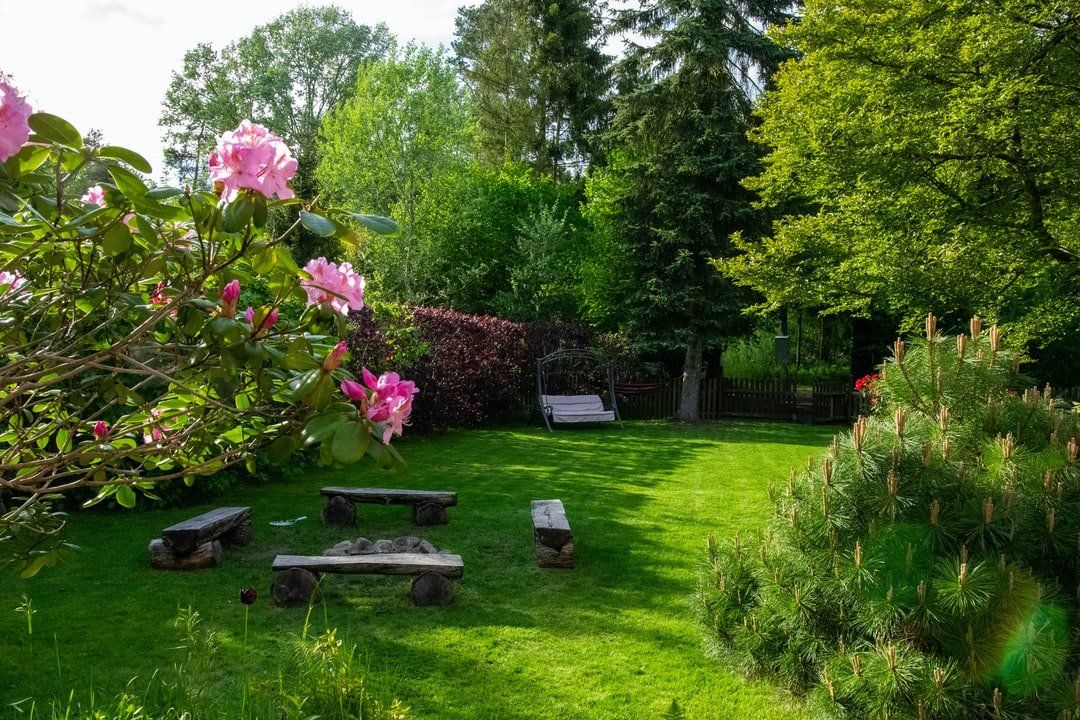
Privacy is a coveted feature in any outdoor space, and effective landscaping can provide both beauty and seclusion. At Landscaping Saskatoon, we understand that creating a private oasis in your yard involves more than just planting a few shrubs. It requires thoughtful planning and the right combination of trees, hedges, and fences. In this article, we’ll explore how to use these landscaping elements to enhance privacy and create a serene retreat in your own backyard.
1. Using Trees for Natural Privacy
Trees are a versatile option for enhancing privacy in your yard. They not only provide coverage but also add aesthetic value and contribute to the overall health of your outdoor space.
a. Choose the Right Tree Species
Selecting the right tree species is crucial for effective privacy screening. Fast-growing, dense evergreen trees are ideal for creating year-round coverage. Some popular choices include:
- Leyland Cypress: Known for its rapid growth and dense foliage, it provides excellent privacy.
- Arborvitae: A classic choice for privacy screens, offering a lush, green backdrop.
- Pine Trees: Their tall, narrow shape makes them a great option for creating a natural privacy barrier.
b. Consider Growth Patterns
When planting trees for privacy, consider their growth patterns and mature size. Ensure they won’t interfere with power lines, buildings, or other landscaping features. Planting in staggered rows can create a more natural look and enhance the privacy barrier.
2. Incorporating Hedges for a Green Barrier
Hedges are an effective and attractive option for creating privacy. They can be tailored to fit various heights and shapes, making them versatile for different landscaping needs.
a. Selecting Hedge Plants
Choose hedge plants that are suited to your climate and soil conditions. Some popular options include:
- Boxwood: A versatile shrub that can be trimmed into various shapes and sizes.
- Privet: Known for its dense foliage and fast growth, ideal for creating a tall privacy screen.
- Holly: Offers glossy leaves and can grow into a dense hedge.
b. Maintenance and Trimming
Regular maintenance is essential to keep hedges looking their best and maintaining privacy. Pruning should be done to encourage dense growth and prevent gaps. A well-maintained hedge can provide a beautiful and effective privacy screen.
3. Fences: The Structural Solution
Fences offer a more structured approach to privacy and can complement other landscaping elements. They come in various styles and materials, each offering different levels of privacy and visual appeal.
a. Choosing the Right Fence Material
- Wood Fences: Classic and versatile, wood fences can be customized with different heights and styles. Options like board-on-board or shadowbox designs provide a high level of privacy.
- Vinyl Fences: Durable and low-maintenance, vinyl fences offer a clean look and can be designed to mimic the appearance of wood.
- Metal Fences: While typically less private, metal fences like wrought iron can be combined with climbing plants or other privacy elements.
b. Combining Fences with Landscaping
For added privacy and aesthetic appeal, combine fences with landscaping elements like climbing plants or vines. These can soften the look of the fence and enhance the overall privacy of the space.
4. Creating a Multi-Layered Privacy Screen
For the ultimate in privacy, consider a multi-layered approach that combines trees, hedges, and fences. This strategy not only enhances privacy but also creates a more dynamic and visually interesting landscape.
a. Layering Techniques
- Back Layer: Use tall, dense trees as the backdrop to provide a high level of coverage.
- Middle Layer: Plant hedges in front of the trees to create a lush, green barrier and fill in any gaps.
- Front Layer: Install a fence at the front for additional privacy and structural support. Consider adding climbing plants or trellises to integrate the fence into the landscape.
b. Integrating Features
Incorporate additional features like pathways, seating areas, or water features to create a functional and inviting outdoor space. Ensure these features are placed strategically to maintain privacy while enhancing the overall design.
5. Maintenance Tips for Long-Lasting Privacy
Maintaining your privacy landscaping is key to ensuring it remains effective and attractive over time. Regular care and attention will keep your trees, hedges, and fences in top condition.
a. Regular Pruning and Trimming
Keep trees and hedges well-trimmed to prevent overgrowth and maintain a dense privacy screen. Regular pruning helps to encourage healthy growth and prevent gaps.
b. Inspecting Fences
Check fences for signs of damage or wear and make necessary repairs promptly. This will help to maintain their functionality and appearance.
c. Soil and Watering
Ensure that the soil around trees and hedges remains healthy and well-watered. Proper soil and irrigation are essential for maintaining the health and density of your privacy plants.
Conclusion
Creating privacy in your outdoor space involves a thoughtful combination of trees, hedges, and fences. By selecting the right materials and incorporating them effectively into your landscaping, you can create a serene and secluded retreat in your yard. At Landscaping Saskatoon, we are dedicated to helping you design and implement the perfect privacy solutions for your outdoor space.
Contact us today to learn more about how we can help you achieve the privacy and beauty you desire for your yard.

